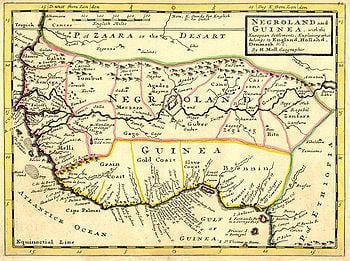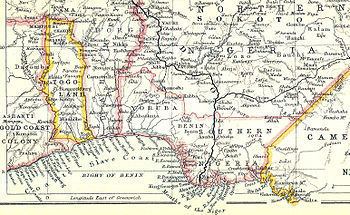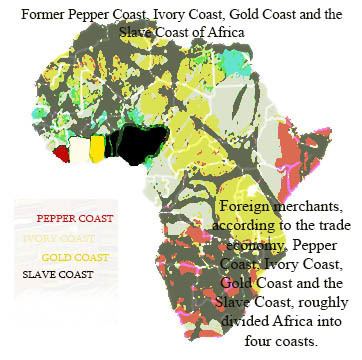The american slave coast
The Slave Coast is a historical name formerly used for parts of coastal West Africa along the Bight of Benin. The name is derived from the fact that it was a major source of African slaves during the Atlantic slave trade from the early 16th century to the 19th century. Other nearby coastal regions historically known by their prime colonial export are the Gold Coast, the Ivory Coast, and the Pepper Coast (or Grain Coast).
Contents
- The american slave coast
- New museum to put guinea bissau s slave coast on tourist map
- History
- References
New museum to put guinea bissau s slave coast on tourist map
History

According to most research, the beginnings of the slave trade in this area are not well documented. It is difficult to track the development of trade in this area and its integration into the trans-Atlantic slave trade before about 1670, when European sources begin to document this trade.

The slave trade became so extensive in the 18th and 19th centuries that an “Atlantic community” was formed. The slave trade was facilitated on the European end by the Portuguese, the Dutch, the French and the British. Slaves went to the New World, mostly to Brazil and the Caribbean. Ports that exported these slaves from Africa include Ouidah, Lagos, Aného (Little Popo), Grand-Popo, Agoué, Jakin, Porto-Novo, and Badagry. These ports traded in slaves that were supplied by African communities, tribes and kingdoms, including the Alladah and Ouidah, which were later taken over by the Dahomey kingdom.

Researchers estimate that between 2 and 3 million slaves were exported out of this region and were traded for goods like alcohol and tobacco from the Americas and textiles from Europe. Current estimates are that about 12 million Africans were shipped across the Atlantic from West Africa, although the number purchased by the traders is considerably higher.

This complex exchange fostered political and cultural as well as commercial connections between these three regions. Religions, architectural styles, languages, knowledge, and other new goods were mingled at this time. In addition to the slaves, free men used the exchange routes to travel to new places, and both slaves and free travellers aided in blending European and African cultures. Intermarriage has been documented in ports like Ouidah where Europeans were permanently stationed. Communication was quite extensive between all three areas of trade, to the point where even individual slaves could be tracked.

After slavery had been abolished by European countries, the slave trade continued for a time with independent traders (instead of government agents). Cultural integration had become so extensive that the defining characteristics of each culture were increasingly broadened. In the case of Brazilian culture—which had differentiated itself from Portuguese culture through its combination of African, Portuguese and New World traditions—Brazilian-style dress, cuisine and speaking Portuguese had become the main requirements for Brazilian identity, regardless of ethnicity, religion, or geographic location.
